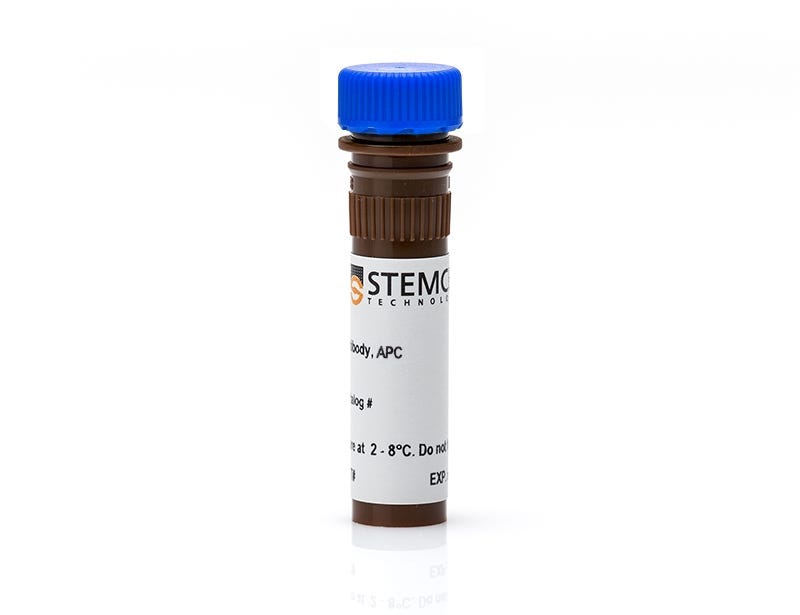Anti-Human CD4, Clone RPA-T4
Mouse monoclonal IgG1 antibody against human, chimpanzee CD4
Request Pricing
Thank you for your interest in this product. Please provide us with your contact information and your local representative will contact you with a customized quote. Where appropriate, they can also assist you with a(n):
Estimated delivery time for your area
Product sample or exclusive offer
In-lab demonstration
Overview
Data Figures
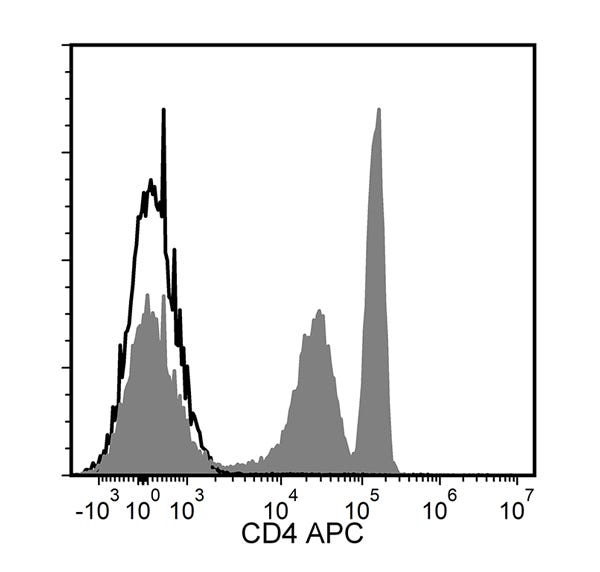
Figure 1. Data for Anti-Human CD4 Antibody, Clone RPA-T4, APC
Flow cytometry analysis of human peripheral blood mononuclear cells (PBMCs) labeled with Anti-Human CD4 Antibody, Clone RPA-T4, APC (filled histogram) or a mouse IgG1, kappa APC isotype control antibody (solid line histogram).
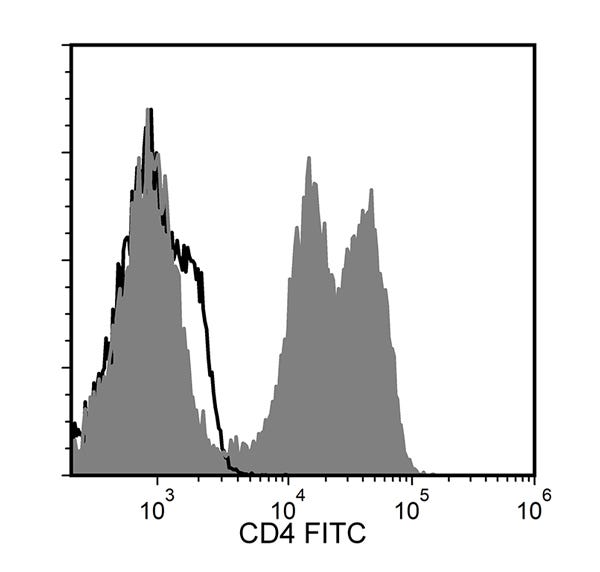
Figure 2. Data for Anti-Human CD4 Antibody, Clone RPA-T4, FITC
Flow cytometry analysis of human PBMCs labeled with Anti-Human CD4 Antibody, Clone RPA-T4, FITC (filled histogram) or a mouse IgG1, kappa FITC isotype control antibody (solid line histogram).
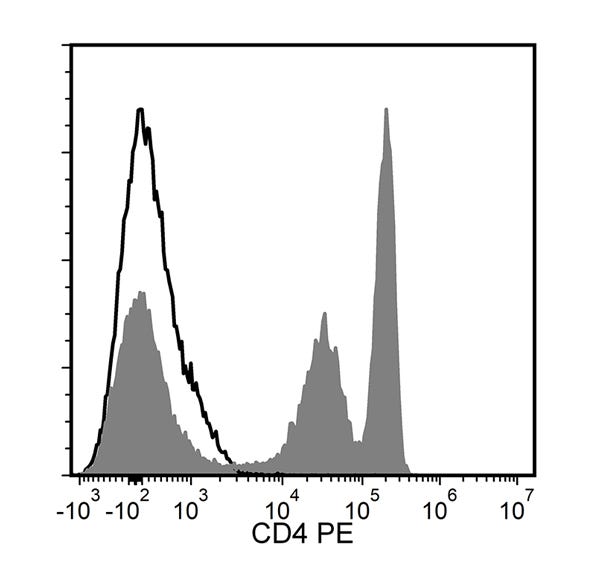
Figure 3. Data for Anti-Human CD4 Antibody, Clone RPA-T4, PE
Flow cytometry analysis of human PBMCs labeled with Anti-Human CD4 Antibody, Clone RPA-T4, PE (filled histogram) or a mouse IgG1, kappa PE isotype control antibody (solid line histogram).
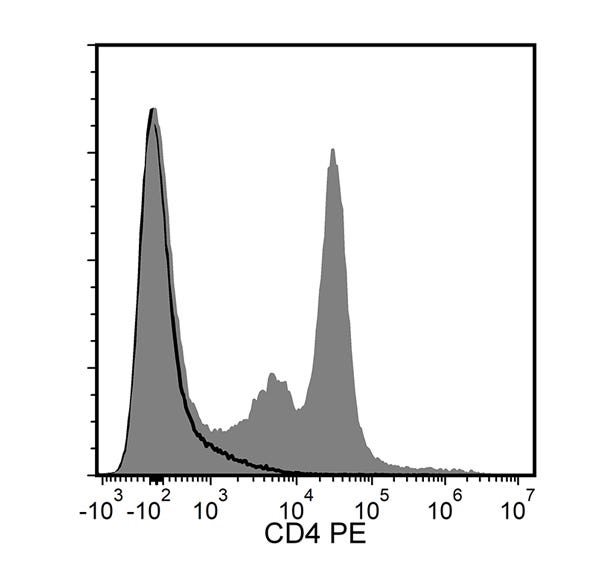
Figure 4. Data for Anti-Human CD4 Antibody, Clone RPA-T4, Unconjugated
Flow cytometry analysis of human PBMCs labeled with Anti-Human CD4 Antibody, Clone RPA-T4, followed by a goat anti-mouse IgG1 antibody, PE (filled histogram) or a mouse IgG1, kappa isotype control antibody, followed by a goat anti-mouse IgG1 antibody, PE (solid line histogram).
Protocols and Documentation
Find supporting information and directions for use in the Product Information Sheet or explore additional protocols below.
Applications
This product is designed for use in the following research area(s) as part of the highlighted workflow stage(s). Explore these workflows to learn more about the other products we offer to support each research area.
Related Products
-
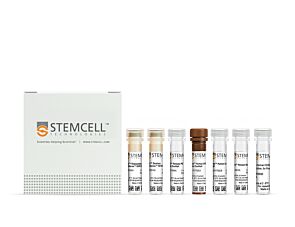 EasySep™ Human ILC2 Isolation Kit
EasySep™ Human ILC2 Isolation KitImmunomagnetic positive selection kit using particle release technology
-
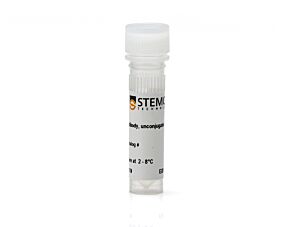 Mouse IgG1, kappa Isotype Control Antibody, C...
Mouse IgG1, kappa Isotype Control Antibody, C...Mouse monoclonal IgG1, kappa isotype control antibody
-
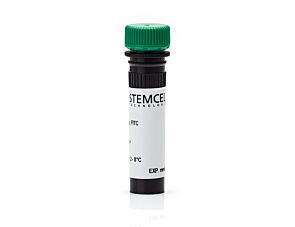 Mouse IgG1, kappa Isotype Control Antibody, C...
Mouse IgG1, kappa Isotype Control Antibody, C...Mouse monoclonal IgG1, kappa isotype control antibody
Item added to your cart

Anti-Human CD4, Clone RPA-T4
PRODUCTS ARE FOR RESEARCH USE ONLY AND NOT INTENDED FOR HUMAN OR ANIMAL DIAGNOSTIC OR THERAPEUTIC USES UNLESS OTHERWISE STATED. FOR ADDITIONAL INFORMATION ON QUALITY AT STEMCELL, REFER TO WWW.STEMCELL.COM/COMPLIANCE.
